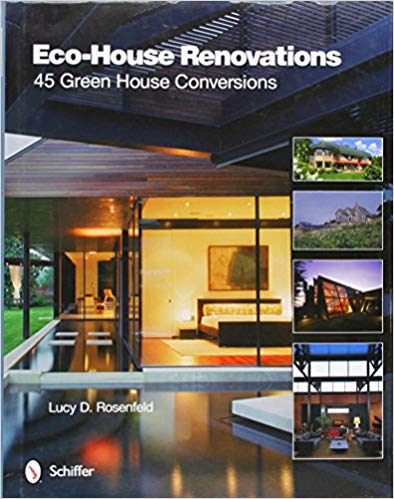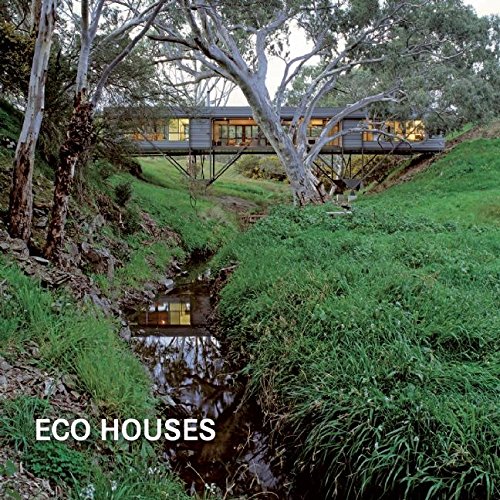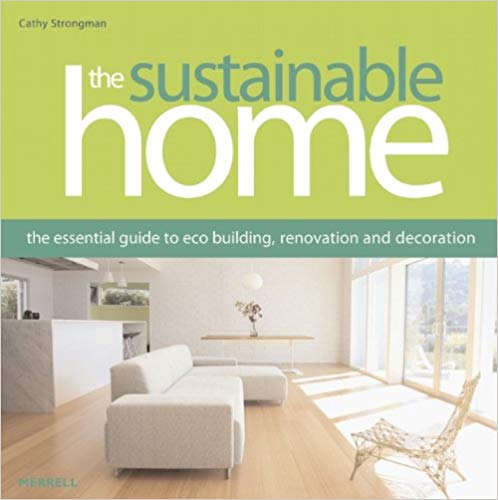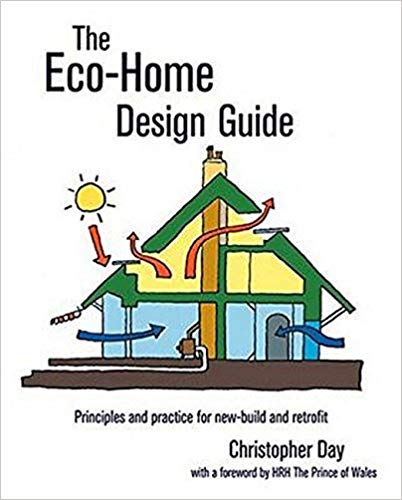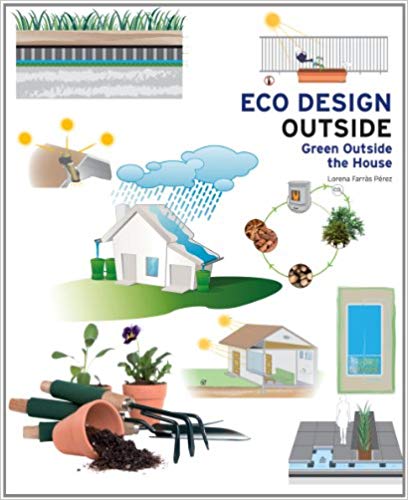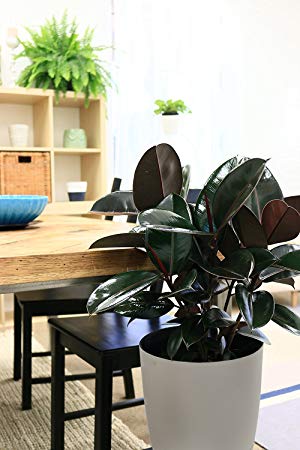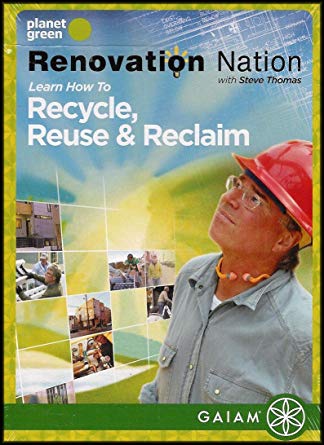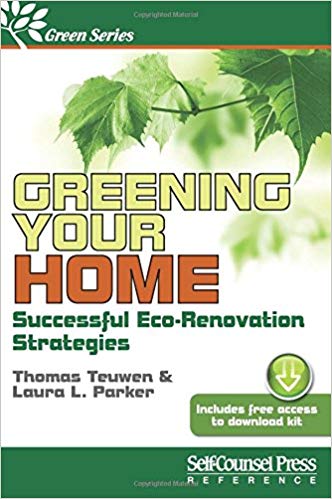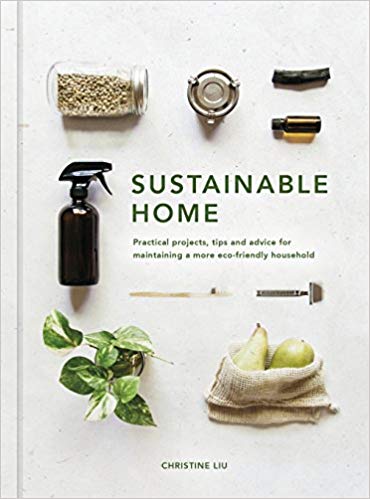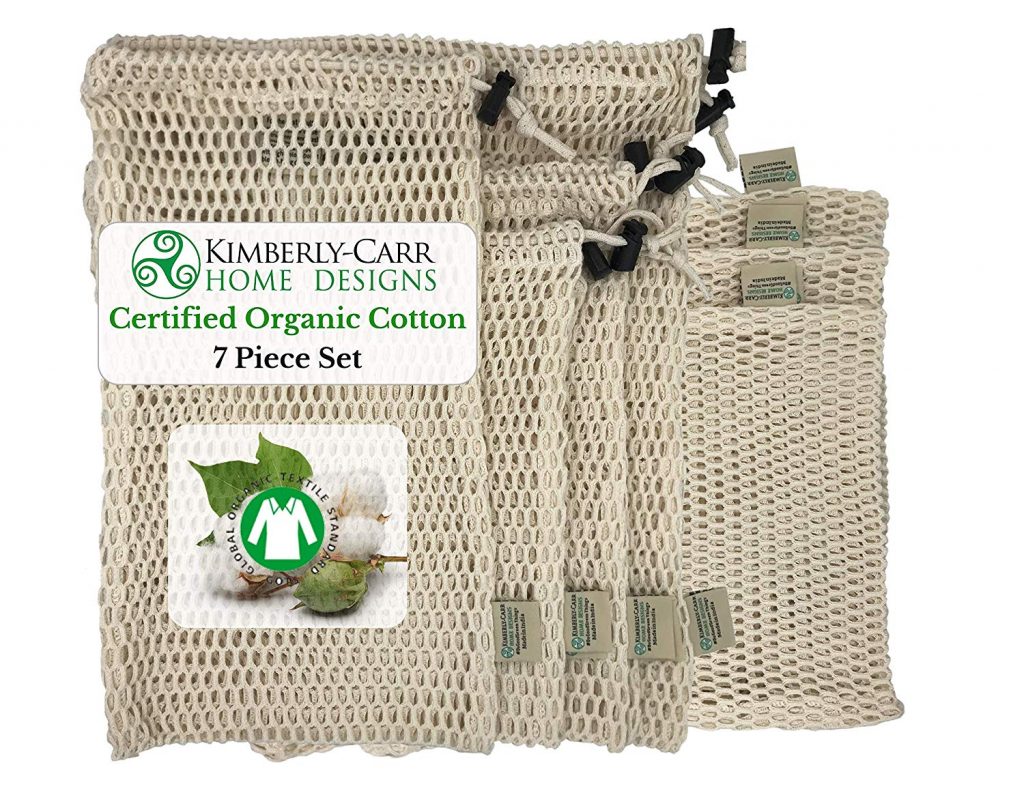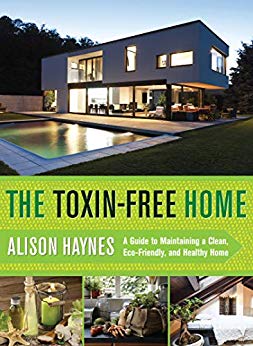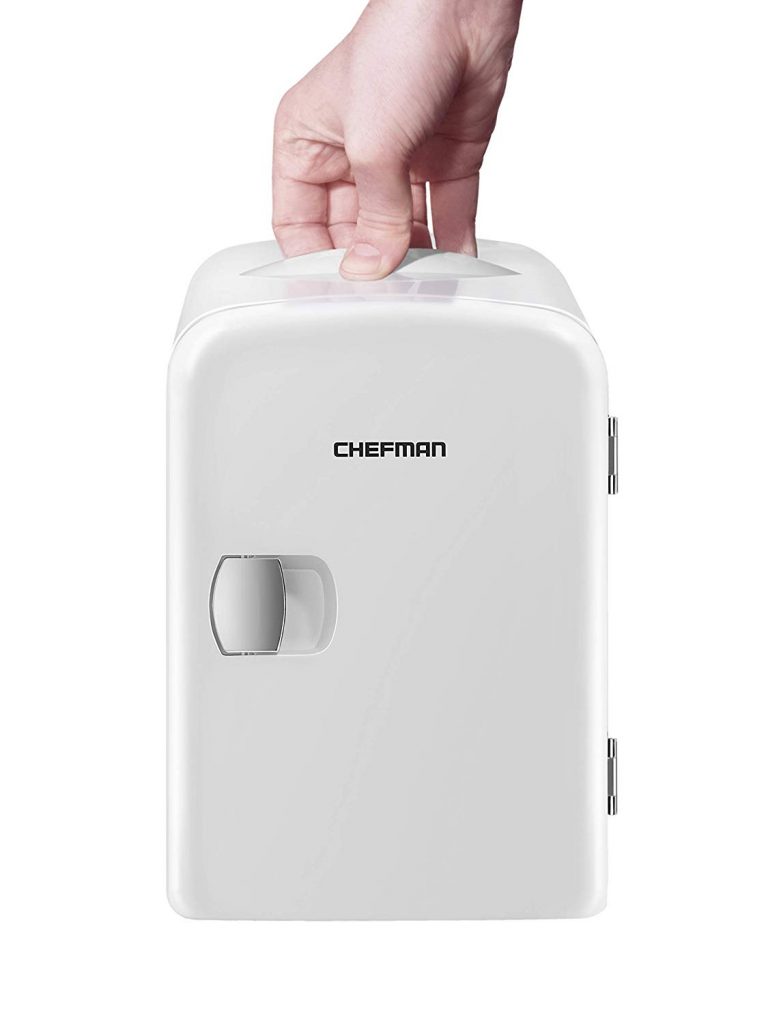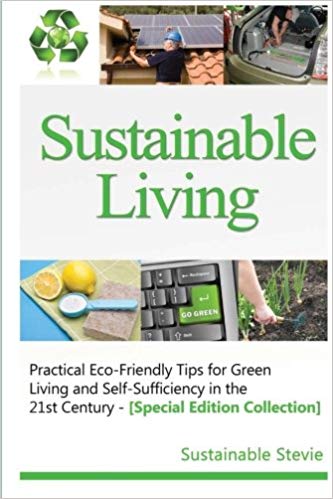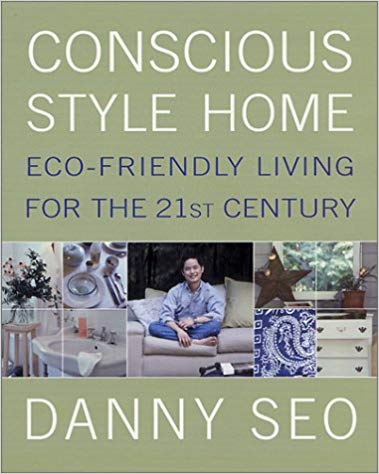INTRODUCTION
When it comes to renovating your home there are literally hundreds if not thousands of options. The choices are overwhelming. It’s why people hire experts to consult and to get the job done! Chances are as you contemplate all of the decisions and choices to make surrounding your desired home renovations the possibility of renovating greenly has crossed your mind.
You may have considered eco-renovation for a number of reasons including:
* You want to be a responsible citizen
* You know that many eco-renovation options are cost effective
* You want to be a positive role model for your children and/or family members
* You want to increase the value of your home
* Your community and peers are active in the green community and you feel a desire to participate in the movement
* You want to renovate in a way that is better for your personal health and the health of your family
* You want to leave a cleaner world behind for your family and generations to come
* You want to help cut our dependency on chemical products, petroleum based energy, and environmentally harmful practices.
However, you may have also questioned the practicality of eco-renovation. You may question the practicality of spending a lot at the outset to save money in the future. You may question whether some practices, like bamboo harvesting for hardwood floors, is truly sustainable and environmentally friendly and you may wonder where to go for eco-friendly renovation ideas and products.
This report is designed to help you answer those questions and to give you ideas on how you can renovate your home in an environmentally friendly and eco-conscious manner.
Let’s get started.
Why Eco Friendly?
Environmentally friendly and sustainable products are taking over. You can find environmentally friendly cleaners in your supermarket. Everywhere you go, recycling is catching on and you can buy a plethora of products made from recycled materials. And people are favoring environmentally farming practices by purchasing their food locally and buying organic.
All around the world, we’re catching on to the benefits of sustainable and eco-friendly practices and that includes renovating our homes.
Environmentally conscious practices:
* Reduce chemical pollution. Eliminate and reduce chemicals that are harmful to our health, the health of our families our pets and our future.
* Put an end to harmful manufacturing processes. With many eco friendly renovation processes and products, you’re making sure that each item that goes into making your home the best it can be also make sure the environment and the earth we call home is the best it can be. you can be sure that its manufacturing process didn’t harm the environment in any way.
* Prevent deforestation. By eco-renovation and purchasing environmentally friendly products, you prevent deforestation.
* Help reduce greenhouse gasses. Eco-friendly renovations, as we’ll soon discuss, embrace everything from energy efficient lighting to remodeling with sustainable products. It embraces solar panels, passive solar heating, lighting, and voc free paint. By taking part in eco-renovations, you’re helping to reduce your carbon emission and thus reducing greenhouse gasses.
* Better health. Quite often, it’s what is in our homes that make us sick. Think about the damage asbestos insulation and lead paint have done. Consider the respiratory repercussions of VOC emissions from paint, stains and varnishes. Even timbers we use to landscape our yards and border our gardens are treated with creosote, a known carcinogen.
* Finally, you’re saving money. One big controversy against eco-renovations is that it’s too expensive. That’s just not the case. For example, solar panels do cost quite a bit of money however many communities give tax credits and your energy bills will be drastically cut which means that while you may have an initial outlay of cash, you’ll earn back your investment in a matter of years and then saving you money for decades to come. On the other hand, some materials, bamboo flooring for example, are significantly cheaper than standard oak flooring materials.
There are huge benefits to renovating your home with environmentally friendly products and practices. You save money, help the environment, and protect your health and the well-being of your family. When you approach eco-renovation with knowledge and a strategy, it’s a win-win all the way around.
Let’s take a look at 15 eco-renovation ideas.
15 Eco-Renovation Ideas
#1 Restore and decorate your home with VOC free paint
According to the Environmental Protection Agency, the air inside your home can be three times more polluted than outdoor air. The EPA says indoor air is considered one of the top five hazards to human health with paints, stains, and varnishes being the leading cause of indoor air pollution.
How do they cause indoor air pollution? They release toxic emissions, which are called volatile organic compounds or VOCs. These chemicals are released from the paint and finishes for decades putting chemicals into your home, your body, and the bodies of your loved ones every time they take a breath. In addition, consider what happens when these empty cans of paint are tossed into landfills and your paintbrushes are washed in the sink? Those chemicals are released into our soil and groundwater.
When undergoing renovations, paint your home with non-toxic paint. Non-toxic pain essentially comes in two varieties, low VOC paint and VOC-free paint. The difference, other than the levels of toxic compounds, is generally a few dollars per gallon. VOC free paint isn’t available at all retailers so it pays to plan in advance. The good news is these VOC free paints are just as durable as their chemical laden predecessors. And they tend to run only a few dollars more per gallon than traditional paint. It’s money you’ll make back in fewer doctors visits, headaches and illnesses.
#2 Restore and remodel your home with “Green” Cupboards.
Whether in the kitchen or bathroom, one great way to spruce up a room is to change the cupboards. An environmentally friendly way to eco-renovate your cupboards is to replace them with either:
Reclaimed cupboards or cupboard doors. Often as cupboards are removed from homes and replaced with new ones, the old cupboards are reclaimed by environmentally friendly organizations. This means you can visit salvage yards and organizations and choose your cupboards. Most often, it’s easiest to replace the doors rather than the entire cupboard. Price varies depending on where you live, who you’re buying from and the door’s materials, oak will cost more than pine for example. However, reclaimed cupboard doors definitely cost much less than replacing your cupboards with new ones.
You can also purchase cupboards created from reclaimed wood. These typically have a decidedly artistic or weathered flair and may not be for everyone. However, they are quite beautiful and can add personality to your home.
Finally, when it comes to cupboards you can purchase cupboards made from sustainable woods like bamboo. Unlike other trees used to make cupboards where it can take 15 to 100 years to grow to maturity, bamboo takes 6 years. By choosing bamboo cupboards, you’re choosing an incredibly sustainable resource.
#3 Eco-friendly flooring.
Today floors can be made of a number of environmentally friendly materials. One of the most popular is bamboo for the sustainable features we just mentioned.
Bamboo is also just as durable, if not more so than many other types of wood used to create hardwood flooring. In fact, horizontal or vertical bamboo flooring is harder than oak, which is the most popular material used for hardwood floors and strand woven bamboo flooring is harder than the most expensive hardwood, Brazilian Walnut.
And for those who do not want the standard light color of bamboo flooring will be happy to learn that bamboo actually can come in a variety of colors from a light honey to a dark amber.
Bamboo flooring is also the most economical type of hardwood flooring options available, starting around $2.00 per square foot. Bamboo is perhaps the single best material for hardwood flooring available. It is sustainable, durable, and beautiful and will last you and your family for as long as you live in your home.
Other eco-friendly flooring renovation options include:
* Recycled glass tiles
* Cork
* Recycled metal tiles
* Linoleum – Linoleum is a durable, biodegradable material made from all natural ingredients.
* Stones
* Reclaimed wood
If you’re more a fan of carpet, take comfort. There are sustainable, environmentally friendly, carpets. The choices tend to run between carpets made from recycled items like PET plastic containers to carpet made from natural products like corn, yes corn, and organic wool or cotton. You can also purchase low VOC carpets from a number of the larger carpet stores.
#4 Environmentally friendly countertops.
Real estate agents say that the best place to spend your renovation dollars are in your kitchen and your bathrooms. They say you’ll often see a full return on investment. And you also know those rooms are quite often the rooms you want to be their best. We spend a large amount of time in our kitchens and the bathroom is often a place we go to feel relaxed and pampered. It’s no wonder they’re often at the top of our renovation lists.
And when it comes to renovating a kitchen or bathroom in addition to cupboards, flooring or paint you’ll likely also want to replace countertops. Fortunately, much like your flooring options, there are a number of environmentally friendly options.
In addition to reclaimed aluminum countertops, reclaimed wood countertops, and recycled glass tiles you can also create countertops from:
* End grain bamboo
* Recycled paper – It uses postconsumer recycled paper certified by the Forest Stewardship Council, and nonpetroleum, formaldehyde-free resins.
* Recycled porcelain, mirrors, and concrete
* And green certified laminates – created from recycled particleboard sealed with water-based glue.
#5 Eco-friendly furniture.
While furniture may not necessarily be part of what you consider renovations however, your interior isn’t complete until it is designed to meet your needs and personal taste. The great thing about adding the final touches including furniture to your renovations and design is that there are a number of options for eco-friendly furniture.
For example, you can:
* Purchase used furniture thus preventing it from ending up in a landfill.
* Purchase furniture built from reclaimed materials
* Purchase furniture created using sustainable practices and woods like bamboo and stained, varnished or painted using VOC free paint.
* Find green furniture made from FSC certified wood,
* Purchase furniture made from recycled metal
Eco-friendly embraces the reduce, reuse, and recycle philosophy. If your furniture fits one or all of the three then you’re on the path to an eco-friendly home renovation.
#6 Solar energy.
One way many people consider renovating their homes is to add solar energy. Solar, meaning the sun, can be used to light your home with a few skylights thus saving money on your electric bill. You can also install solar panels to reduce your energy bills, and in some cases completely eliminate your energy bills if you life in an area that is often sunny. You can use solar energy to heat your water, and to power smaller decorative items like fountains.
Typically, solar electricity costs about $10 to $12 a watt installed and a solar electric system will cost you about $20,000. However, many states offer tax credits and incentives for solar installations and you don’t have to outfit your entire home to be dependent on solar energy, you can add as much as you can afford.
Passive solar, like adding skylights, is also a great way to take advantage of the sun’s power. For example, if you do not have a Southern exposure, you can add windows to your home on the south side to take advantage of the sun’s warming rays throughout the entire day. This will save you money on your heating bills during the cold months. And if you purchase thermal window treatments, you can keep the sun’s hot rays out during the summer months when you want your home to stay cool. Passive solar can also help save on lighting costs.
#7 Speaking of lighting…
One element that truly sets one home apart from another is the use of lighting. Whether you prefer track lighting, canister lighting, table and floor lamps or a combination of fixtures you can save a tremendous amount of money by purchasing and installing eco-friendly lighting. Good lighting can literally make a home feel like the best place on earth and it can improve your health. Our circadian rhythms are affected by natural lighting and we absorb the sun’s rays and create vitamin D. That means a home with natural lighting, the sun’s rays when possible and when it isn’t possible, CFL lighting, is the healthiest home possible. CFL or Compact Fluorescent Light bulb will save you at least $30 in energy costs over the life of the bulb. Perhaps even more importantly, if every U.S. household replaced one standard incandescent light bulb with a CFL, it would prevent enough pollution to equal removing one million cars from the road.
#8 Appliances and fixtures.
Finally, when it comes to renovation and remodeling we cannot forget to talk about appliances and fixtures. Appliances can add that final polished touch to your home’s interior décor. There are a number of ways to find an eco-friendly appliance solution including:
Purchase new. While purchasing new may not sound like the best option, there are a large number of appliances that are Energy Star rated. When you purchase an energy star appliance, you know you’re getting one that will save energy and thus emissions. And many communities offer rebates and tax incentives for purchasing Energy Star rated appliances. In addition to Energy Star ratings, which apply to appliances, you want to look for fixtures, which also conserve resources. These might include low flow toilets, showerheads and faucets.
Purchase old. Reduce, reuse and recycle, right? You can purchase used appliances to help keep them out of landfills and many appliances, with a little restoration and TLC, will be perfect for your home’s design. Think about those amazing fixtures from the 1920s and 30s. You just don’t see design like that anymore. Sinks, toilets, bathtubs and faucets all can be reclaimed and used to add a designer’s touch to your home.
Refurbish existing. If you don’t have it in your budget to buy new and just can find what you want in the salvage yards consider refurbishing what you have. Paint, polish, and a few finishings can change the look of an original item. For example, new faucet handles can spruce up an old sink. A stainless steel paint can refurbish an old dingy refrigerator and porcelain paint can change a pink commode to a shiny white one in no time.
The Hidden Environmental Costs of Remodeling.
When remodeling your home with an eye toward environmentally safe practices, sustainability and eco-friendly renovation, consider what you take out as important as what you put in. It’s easy to focus on putting in eco-friendly cupboards, flooring, paint and the like however, what you take out of your home has just as much impact on the environment.
For example, if you remove the flooring you presently have in your home, what are you going to do with it? Are you going to toss it to the curb? Let it land in your local landfill? We often become very focused on what is going into our home during renovations and forget to consider what comes out – these are the hidden costs, environmental costs, of remodeling and they need to be considered when undergoing eco-friendly renovation.
Many salvage yards and recycling centers will gladly take what you remove from your home.
That includes:
* Appliances
* Plumbing piping
* Carpet
* Wood
* Furniture
* Metal and wood scraps
* Glass and tile
* Countertops
* Cupboards
* Fixtures
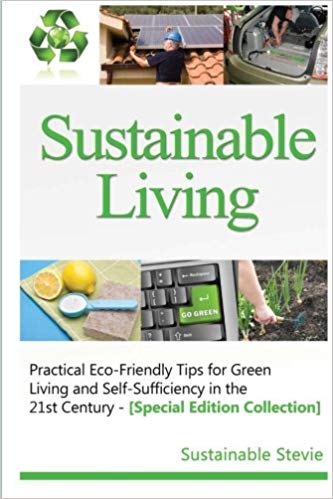
Essentially, just about anything you remove from your home can be reused or recycled in some manner and often you can make a bit of money in the process. For example, if you are replacing your heating and cooling system it may pay to keep your copper pipes and sell them to a salvage or scrap merchant who will buy them from you – the rate depends on the price of copper at the moment and the weight.
There may, however, be a cost associated with transporting the materials to the proper locations and a cost associated with recycling the items as many recycling centers charge a fee for items dropped off.
Please don’t let these costs deter you from disposing of items responsibly. And if the cost is too much, consider placing an ad or posting flyers letting people know you’re removing these items from your home and they’re available for claim. Many people will see the value and gladly take them off your hands.
Conclusion
The eco-friendly renovation mantra is reuse, reclaim, and recycle. Sustainability and environmentally friendly materials are more than responsible choices. They’ll help to keep you and your family healthy, they’ll reduce your carbon footprint and they’re save you money in the long run, and often in the short run too.
As more and more people buy and demand environmentally friendly renovation products and resources the cost will continue to go down and new options will appear. Your home is your place to feel your best, to feel safe and healthy and it is one of your biggest opportunities to reduce your environmental impact. Choose eco-friendly renovation options and enjoy your home and the planet for decades to come.
Best Eco-Friendly Home Products


